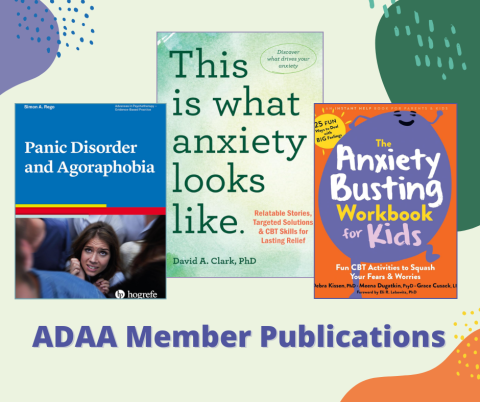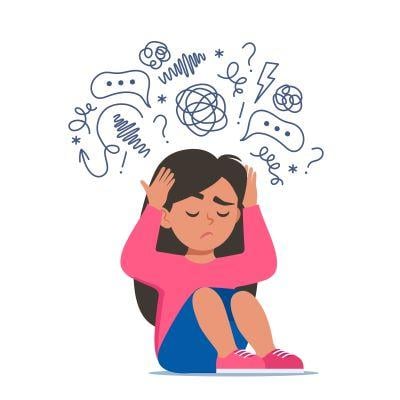What Does “Overcoming” Anxiety Really Mean?
What Does “Overcoming” Anxiety Really Mean?

Naturally, when individuals seek treatment for anxiety, their primary goal is to “stop…worrying/panicking/obsessing/etc.” This is understandable because the symptoms have caused turmoil in their lives!
As a CBT clinician, I often use the classic metaphor of anxiety as an alarm. An alarm serves the purpose of alerting us – letting us know when to wake up, when to call the police, and when to quickly escape a house or building to seek safety. Similarly, our natural anxiety alarm puts us in a state of action and can help us be aware of potential threats and dangers. Unfortunately, just as my smoke detector sometimes goes off when it doesn’t need to (e.g., a burning pizza), our internal anxiety alarm can also send false alarms. The tricky part is that it feels like a true alarm, so we react as we would to a true threat, and the unfortunate effects of this over time are increased anxiety and limited functioning.
So, is anxiety helpful or unhelpful? It’s both! It can make us work hard and help us know when danger is present – and it also can trick us into perceiving danger where there is none.
A major goal of CBT involves helping the individual to filter true vs. false alarms and learn new ways of responding to false alarms that will provide corrective information, foster tolerance, and reduce disruptive false alarm experiences.
A key ingredient in this process is not actually getting the fears and anxiety to go away – rather, it is enhancing our ability to tolerate anxiety and uncertainty when it is present. By learning how to tolerate distress, we learn to have the “wiggle room” to filter information better and take actions that are consistent with our values and goals. A natural and pleasant side effect of increased tolerance of anxiety is lower anxiety – as we become stronger in our ability to handle it, our sensitivity to it comes down, and our experience of triggers can increasingly change and improve. In Forsyth and Eifert‘s workbook, The Mindfulness and Acceptance Workbook for Anxiety, a mindfulness exercise includes the statement, “Remember that the goal is not to feel better but to get better at feeling.” This paradox gets easier to appreciate as we take steps to face and overcome our fears!
A few additional principles to keep in mind:
- The process of building tolerance can be similar to gaining muscle strength through weight training. Find your starting point and practice that “weight” of anxiety until your strength and stamina improve – move on to the next “weight” from there!
- Externalize anxiety to see it for what it is. For some, it is helpful to view it as an opponent that is tricking them. For others, it is more helpful to see it as a fearful “side kick” that is just working too hard to find threats and dangers in the world. Seeing it as a separate entity or only a part of your experience offers perspective when it tries to pull you in.
Further readings:
Forsyth, J., & Eifert, G. (2008). The Mindfulness and Acceptance Workbook for Anxiety: A Guide to Breaking Free from Anxiety, Phobias, and Worry Using Acceptance and Commitment Therapy. New Harbinger: Oakland, CA.
AnxietyBC, “How to Tolerate Uncertainty” http://www.anxietybc.com/sites/default/files/ToleratingUncertainty.pdf















